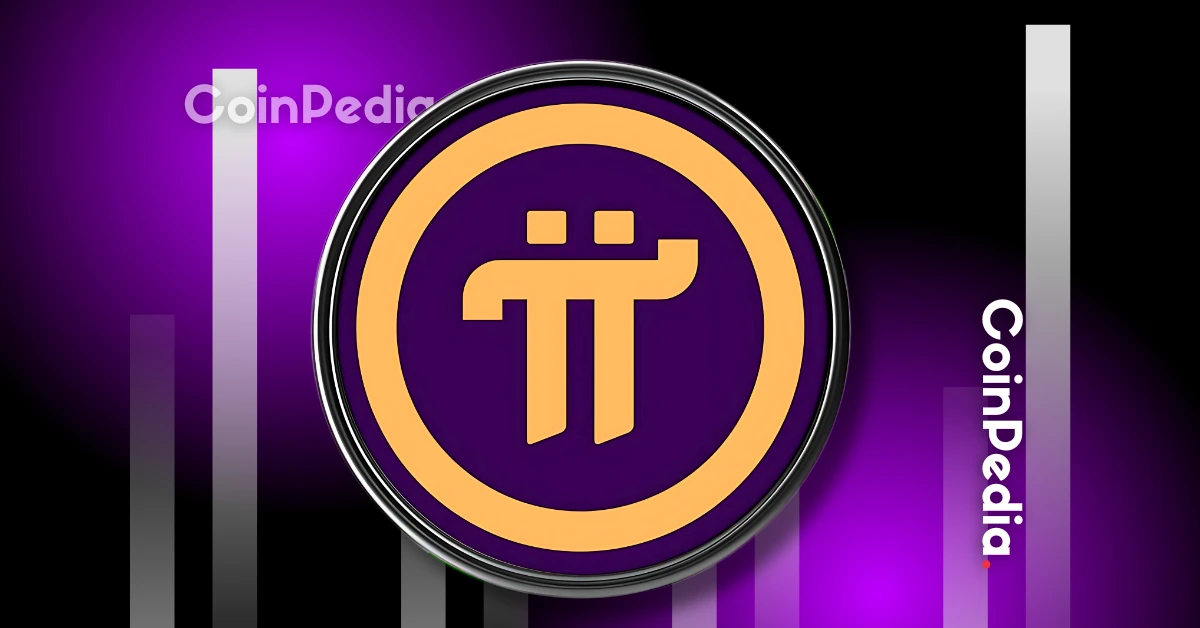The Path to $1: A Comprehensive Analysis of Pi Network’s Market Potential
Introduction: The Allure of Pi Network
Pi Network has emerged as a unique player in the cryptocurrency landscape, offering a mobile-friendly mining experience that has attracted millions of users worldwide. The project’s promise of democratizing cryptocurrency mining has sparked both enthusiasm and skepticism. As Pi Network continues to evolve, the question of whether its native token, Pi Coin, can reach the $1 mark remains a hotly debated topic. This analysis delves into the factors influencing Pi Network’s market trajectory, examining exchange listings, community dynamics, technological advancements, and the challenges that lie ahead.
Exchange Listings: A Catalyst for Growth
The Impact of Exchange Listings
Exchange listings are pivotal for any cryptocurrency, as they provide liquidity, accessibility, and market validation. Pi Network has seen several exchange listings, including Swapfone and BTCC Exchange, which have sparked optimism and modest price increases. These listings are crucial for Pi Coin’s growth, as they allow users to trade the token more easily and attract potential investors.
Volatility and Market Sentiment
Exchange listings often bring significant volatility. For instance, Pi Network experienced a 50% surge in 24 hours, reaching $0.64, followed by a correction. This volatility underscores the importance of sustainable growth and a strong foundation for Pi Network to maintain a stable value over time.
Risks and Challenges
The quest for exchange listings also exposes Pi Network to potential scams and security risks. A notable example is the hacking of an exchange that vowed not to list Pi, resulting in over $1 billion in stolen assets. This incident highlights the importance of due diligence and security measures in the cryptocurrency space.
Factors Influencing Pi Coin’s Price
Community and Adoption
Pi Network’s strength lies in its massive user base. With millions of users mining Pi coins daily, the project has the potential to create a strong network effect. Increased adoption and active participation in the Pi Network ecosystem can drive demand for Pi Coin, pushing its price higher.
Technological Advancements and Ecosystem Development
The success of Pi Network hinges on its ability to develop a robust and functional ecosystem. This includes creating practical use cases for Pi Coin, such as facilitating transactions within the Pi Network marketplace or integrating with external platforms. Banxa integration, for example, provides a fiat on-ramp for Pi Coin, making it easier for users to buy and sell Pi using traditional currencies.
Market Sentiment and Speculation
Market sentiment plays a significant role in the price of any cryptocurrency, and Pi Network is no exception. Positive news, such as exchange listings, partnerships, and technological advancements, can fuel bullish sentiment and drive the price upward. Conversely, negative news, such as security breaches, regulatory concerns, or project delays, can trigger bearish sentiment and lead to a price decline.
Token Unlock and Scarcity
Tokenomics, the study of a cryptocurrency’s supply and distribution, is a critical factor in determining its long-term value. Managing the release of Pi Coins into the market is essential to avoid inflationary pressures and maintain scarcity, which can positively impact its price.
Challenges and Concerns
Centralization and Control
One of the primary criticisms of Pi Network is its centralized nature. The project is controlled by a core team, which makes decisions about the development and direction of the network. This centralization raises concerns about transparency and the potential for manipulation.
Lack of Utility
Currently, Pi Coin has limited real-world utility. While the Pi Network marketplace aims to provide a platform for users to buy and sell goods and services using Pi, its adoption has been slow. Without practical use cases, Pi Coin remains largely a speculative asset.
Regulatory Uncertainty
The cryptocurrency market is subject to evolving regulatory landscapes, and Pi Network is not immune to these challenges. Regulatory scrutiny and potential restrictions could impact the project’s viability and its ability to operate in certain jurisdictions.
Unrealistic Expectations
Perhaps the most significant challenge facing Pi Network is managing the expectations of its massive user base. Many users believe that Pi Coin will be worth a substantial amount of money, and they may be disappointed if it fails to reach those levels. Managing these expectations and educating users about the risks associated with cryptocurrency investments is crucial for the long-term health of the Pi Network community.
The Binance Factor
The mention of Binance in multiple titles, while not definitively stating a listing, hints at the potential impact a major exchange listing could have. Speculative figures suggest that Pi Coin could open between $20 and $45, potentially hitting $60+ if it gains traction. While these figures are speculative, they underscore the potential for significant price movement if Pi Network were to be listed on a major exchange like Binance.
Conclusion: A Measured Outlook
Pi Network presents a fascinating case study in the world of cryptocurrency. Its innovative approach to mobile mining has attracted a massive user base, creating a unique and potentially powerful network. However, the project also faces significant challenges, including centralization concerns, limited utility, and regulatory uncertainty.
While exchange listings and positive market sentiment can undoubtedly drive the price of Pi Coin upward, achieving the $1 mark will require a combination of factors: successful ecosystem development, increased adoption, effective tokenomics, and a clear path towards decentralization.
The journey to $1 is not a sprint but a marathon, and Pi Network must navigate the complexities of the cryptocurrency market with caution and foresight. Only time will tell if Pi Network can fulfill its promise and deliver on the expectations of its global community. The ultimate success of Pi Network will depend not only on its technology but also on its ability to build a sustainable and thriving ecosystem that provides real value to its users. The dream of $1 is still alive, but it requires more than just hope; it demands execution, innovation, and a commitment to the principles of decentralization and transparency.











